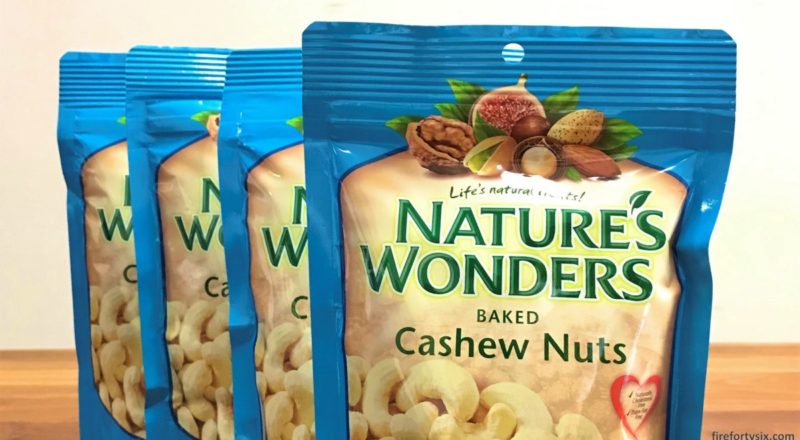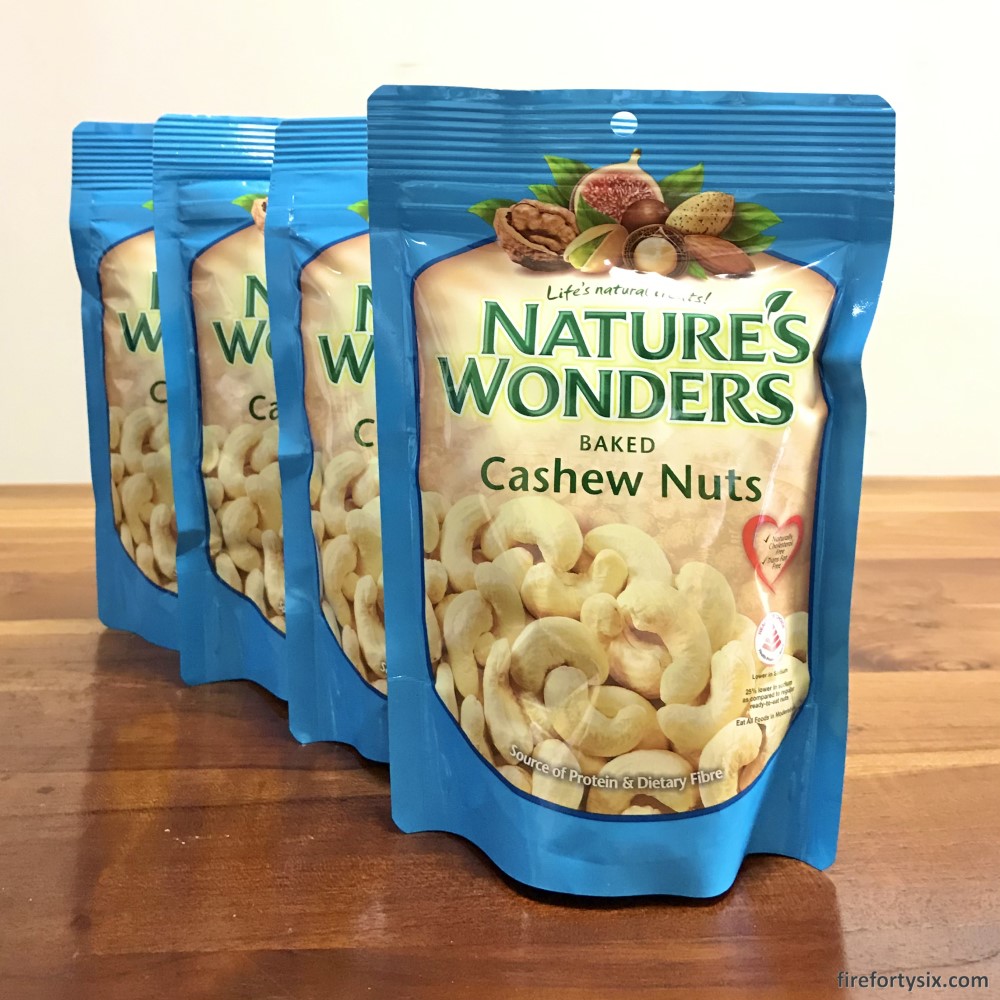I don’t usually snack between meals, but ever since the the pandemic started, the habit has slowly creeped into my life. The first phase began innocently enough with cashew nuts, specifically the healthier baked version from Nature’s Wonders.
As the pandemic got worse, the snacks got more and more unhealthy. Phase 2 revolved around nachos with various types of dips such as salsa, cheese sauce and guacamole. This transitioned to Phase 3, where we bought and consumed different brands of muruku.
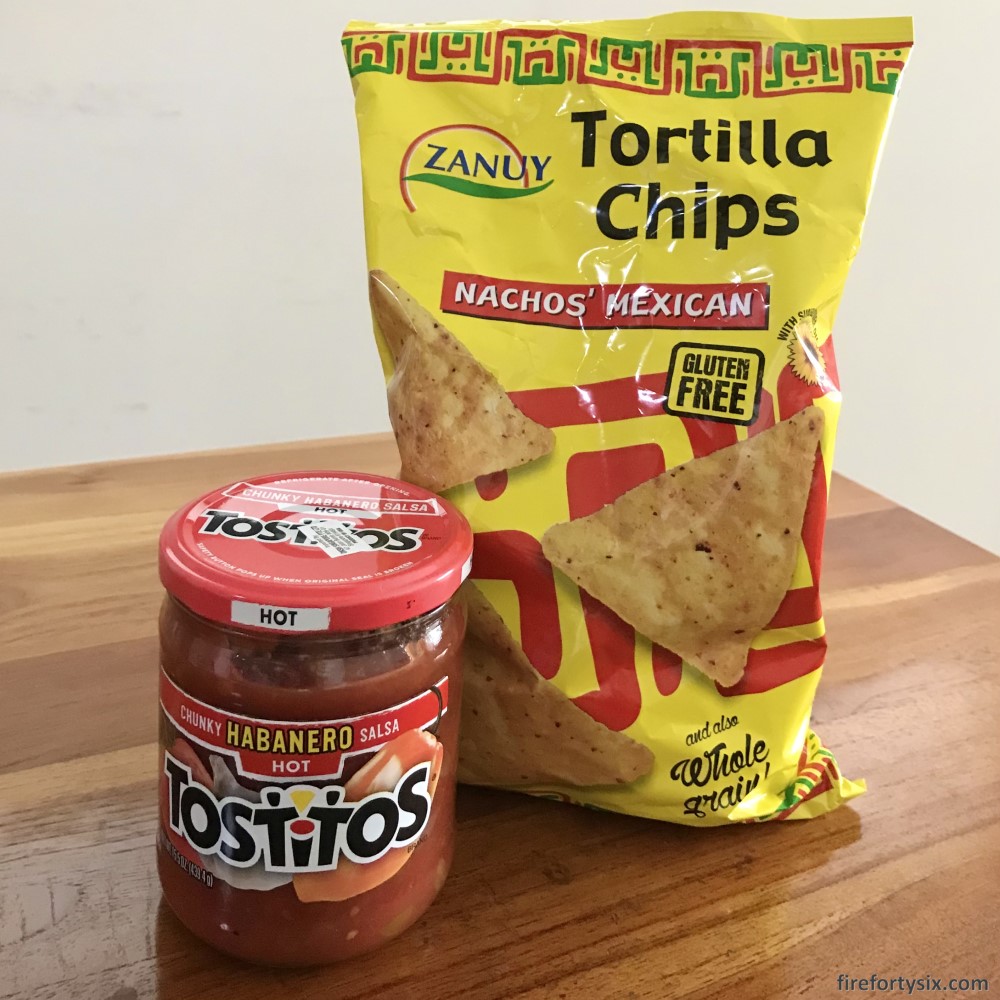
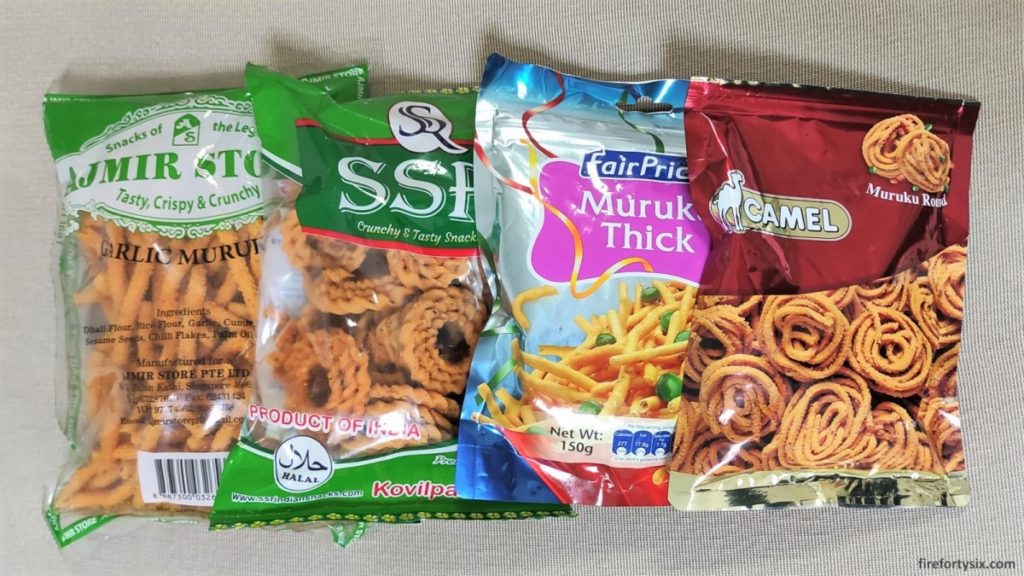
When the situation started improving, we found ourselves cutting down on the snacks, especially the more unhealthy ones. Gone were the bags and bags of nachos and muruku, but the cashew nuts remained.
They’re not cheap though, with each 200gm bag retailing for around S$6.70. I’ve always wondered why cashews were so expensive, especially when compared to other nuts.
The video below helped me understand how difficult and dangerous it was to process the poisonous fruit, which explained the price premium. It was also the first time I’ve ever seen an actual cashew fruit, and boy does it look strange.
Cashews are addictive, and I used to wolf down an entire 200gm bag within a day or two. Once I got started, it was difficult to stop. And when I was done with a bag, I’d go hunting for the others that The Wife had strategically hidden.
It was getting a bit out of hand, and I restricted myself to having just 50gm each time, measuring it out precisely using my digital coffee scale. Most of the time, that disciplined approach works, but there are days where I just binge without any portion control.
I was curious about the nutritional content of my 50gm portion, and read the back of the package in detail. The next step was finding the Recommended Daily Allowances (RDA) for my gender and age range, and figuring out what percentage was taken up by the cashews.
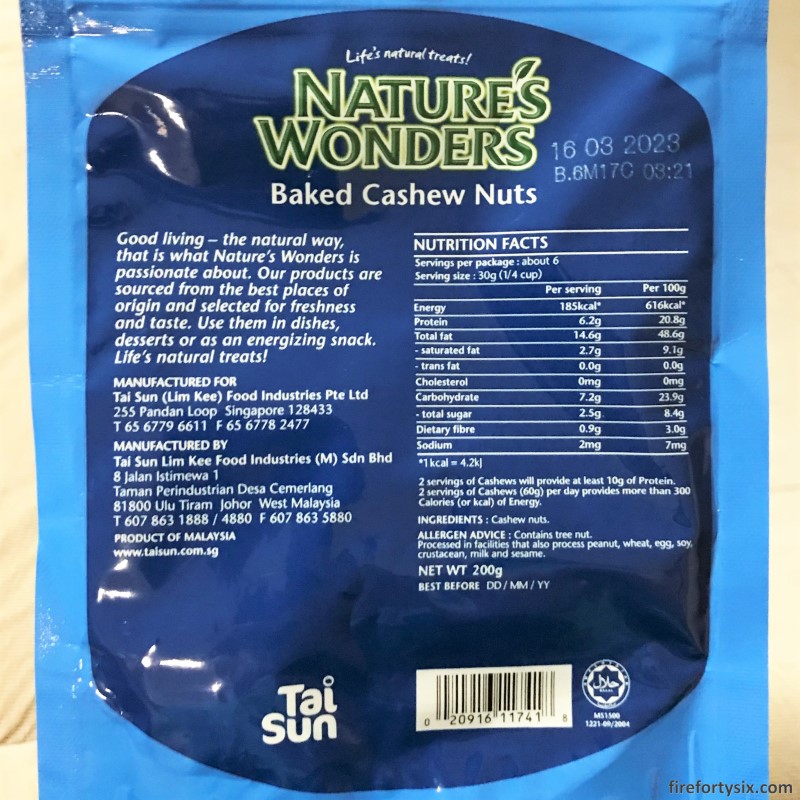
Most of the RDAs for were sourced from Annex I of the National Nutrition Survey 2010. While I couldn’t find more recent versions of the survey, it’s probably safe to assume that RDA doesn’t change much over time.
RDAs for sugar and salt were strangely not provided in the report, but I found an online Straits Times article that quoted data from the Singapore Health Promotion Board.
Here’s the detailed breakdown:
| Per 50g | RDA | % of RDA | |
|---|---|---|---|
| Energy | 313kcal | 2,600kcal | 12% |
| Protein | 10.4g | 76.3g | 14% |
| Total Fat | 24.3g | 86.9g | 28% |
| – Saturated Fat | 4.55g | 14.5g | 31% |
| Cholesterol | 0mg | 300mg | 0% |
| Carbohydrate | 11.95g | 390.9g | 3% |
| – Total Sugar | 4.2g | 25g | 17% |
| Dietary Fibre | 1.5g | 26.1g | 6% |
| Sodium | 3.5mg | 5g | <1% |
The obvious items of concern are Total Fat and Saturated Fat, with my single 50gm portion taking up almost a third of my recommended daily quota. Cashews are known to have high fat content, so this wasn’t a big surprise.
What was surprising though was Total Sugar, which clocked in at a significant 17%. My learning point here is that even food that doesn’t taste particularly sweet can still contain quite a bit of sugar.
Looks like I need to make a serious effort at cutting down my cashew nut intake. I don’t think I’ll be able to completely wean myself off this delicious snack, but sticking strictly to my 50gm limit each time seems like a good start.
Note: This post contains affiliate links. If you use these links to buy something, I may earn a commission. Thanks.
